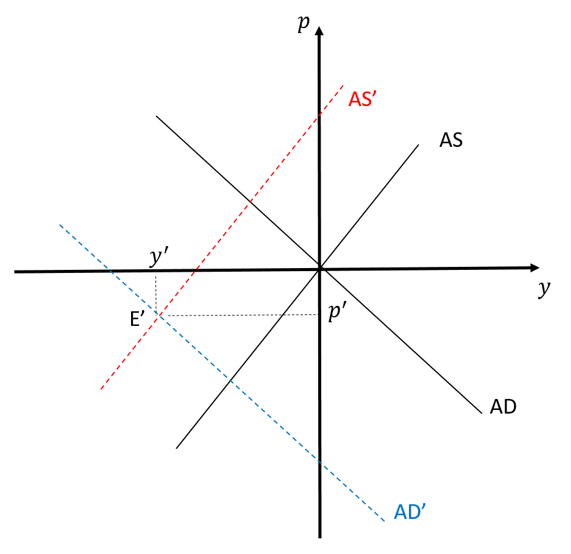References
Benigno, P. (2015): “New-Keynesian Economics: An AS-AD View,” Research in Economics, 69, 503–524.
Diluiso, F., B. Annicchiarico, M. Kalkuhl, and J. C. Minx (2021): “Climate Actions and Macro-Financial Stability: The Role of Central Banks,” Journal of Environmental Economics and Management, 110, 102548
Ferrari, A. and V. Nispi Landi, (forthcoming). Toward a Green Economy: The Role of Central Bank’s Asset Purchase, International Journal of Central Banking.
Ferrari, A. and V. Nispi Landi, (2022). Will the Green Transition be Inflationary: Expectations Matter, ECB Working Paper, N. 2726.
Ferrari Minesso, M. and M.S. Pagliari, (2021). No Country Is an Island: International Cooperation and Climate Change”, ECB Working Paper, N. 2568.
Galí, J. (2015): Monetary Policy, Inflation, and the Business Cycle: an Introduction to the New Keynesian Framework and Its Applications, Princeton University Press.
Pisani-Ferry, J. (2021): “Climate policy is Macroeconomic policy, and the Implications Will Be significant,” PIIE Policy Brief, 21-20.
Schnabel, I. (2022a): “A New Age of Energy Inflation: Climateflation, Fossilflation, Greenflation,” Speech at a panel on “Monetary Policy and Climate Change” at The ECB and its Watchers XXII Conference.
Schnabel, I. (2022b): “Looking Through Higher Energy Prices? Monetary Policy and The Green Transition,” Speech at the American Finance Association 2022 Virtual Annual Meeting.
Woodford, M. (2003): Interest and Prices, Princeton University Press.





